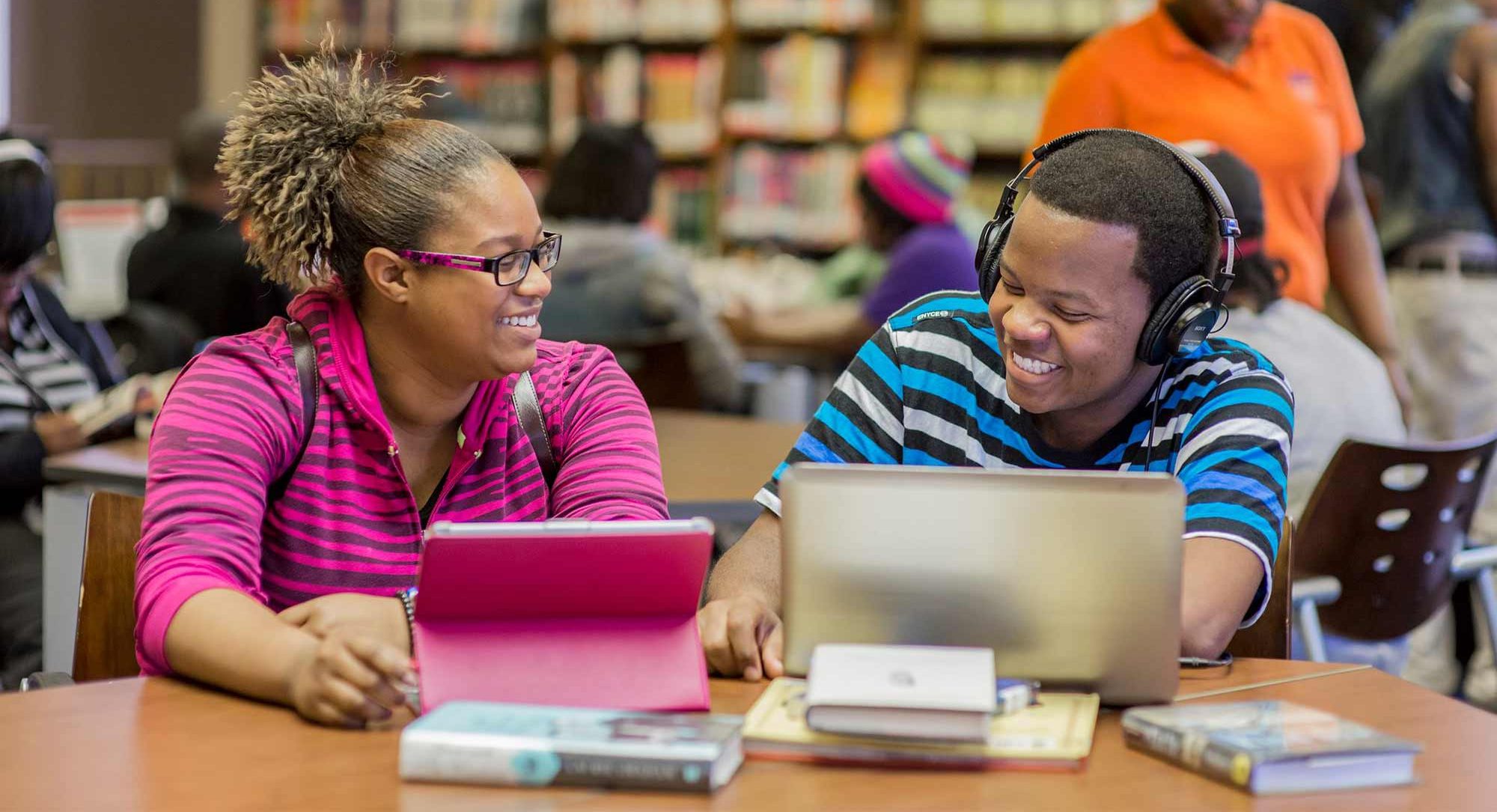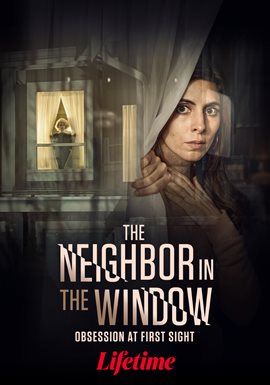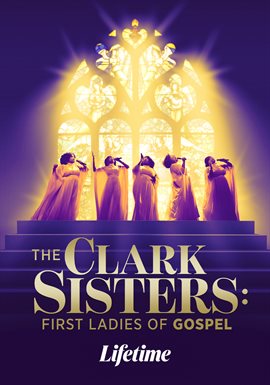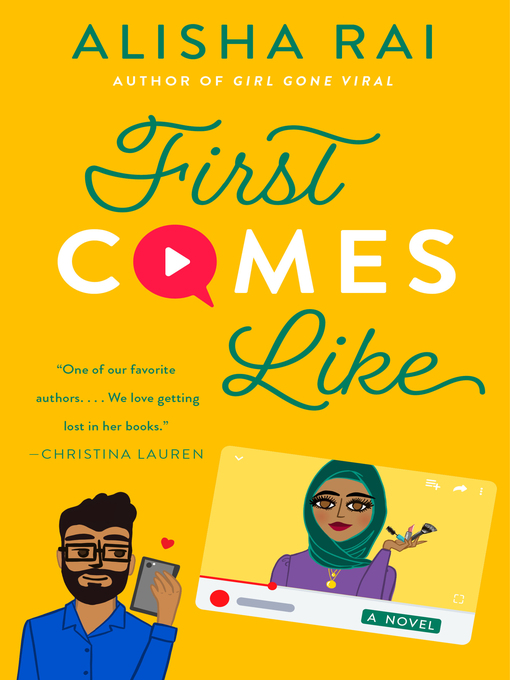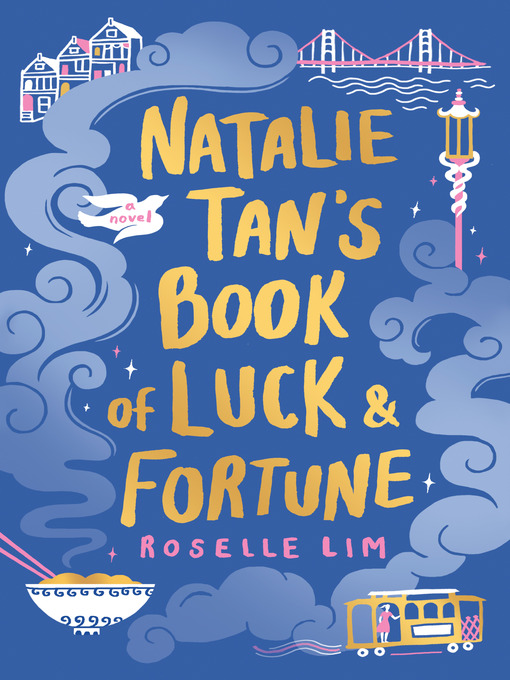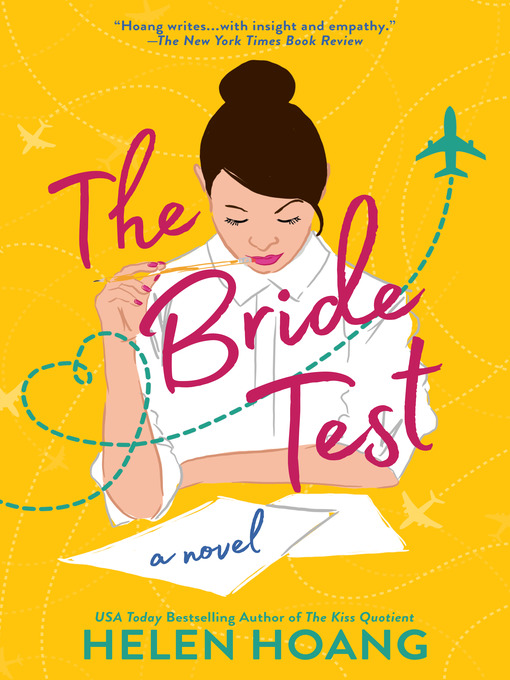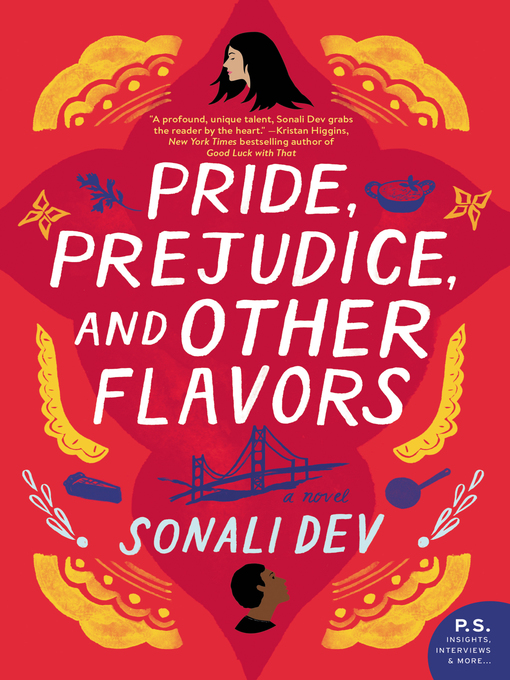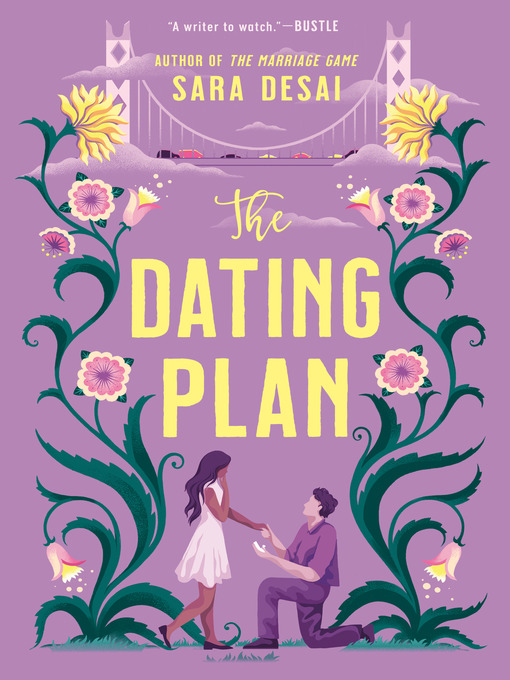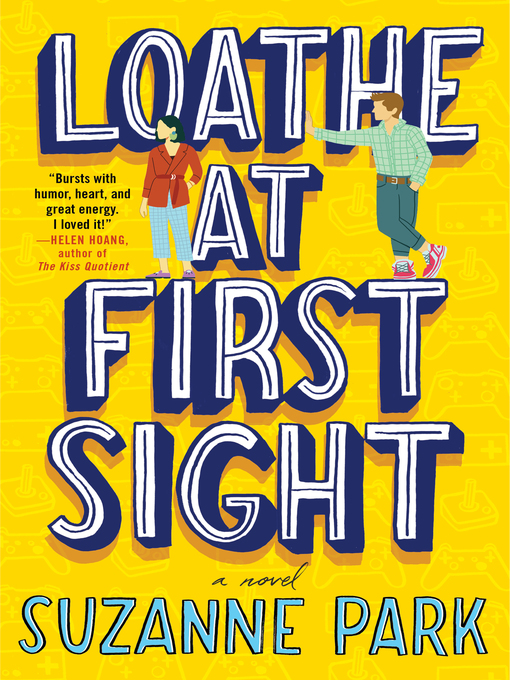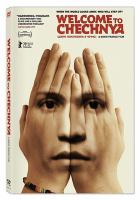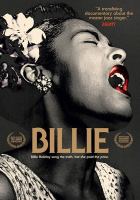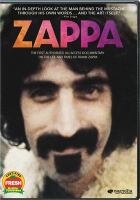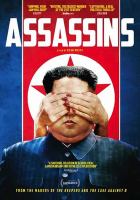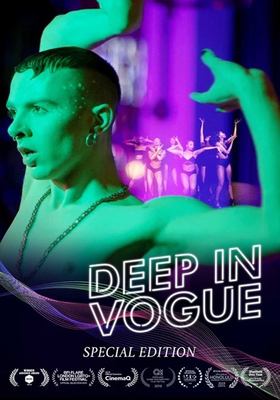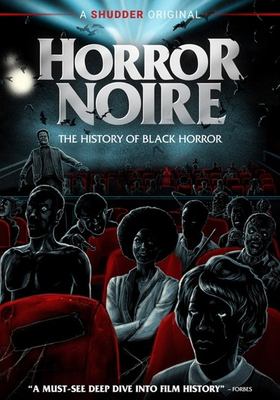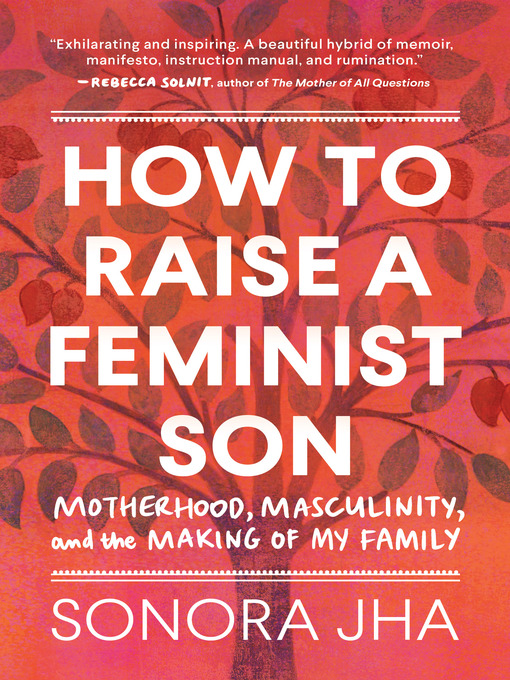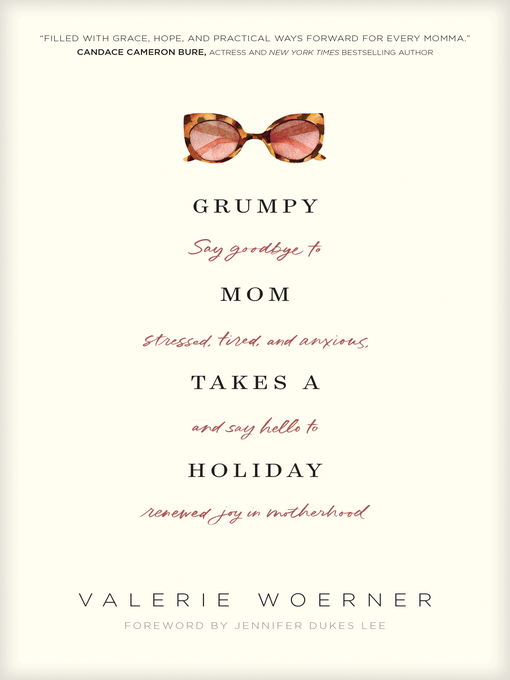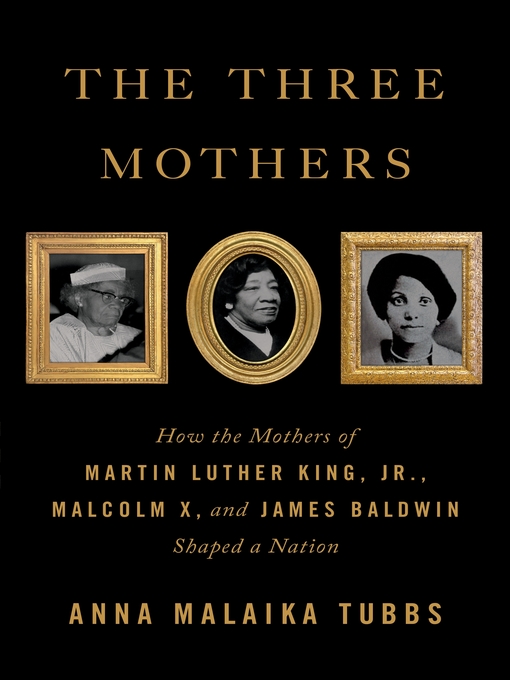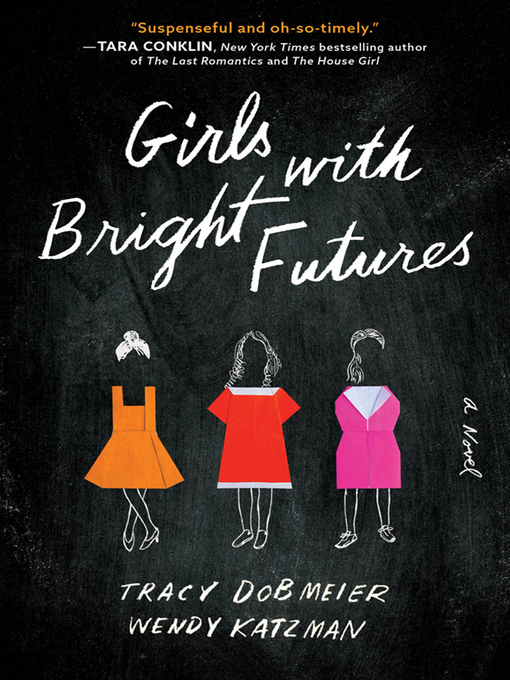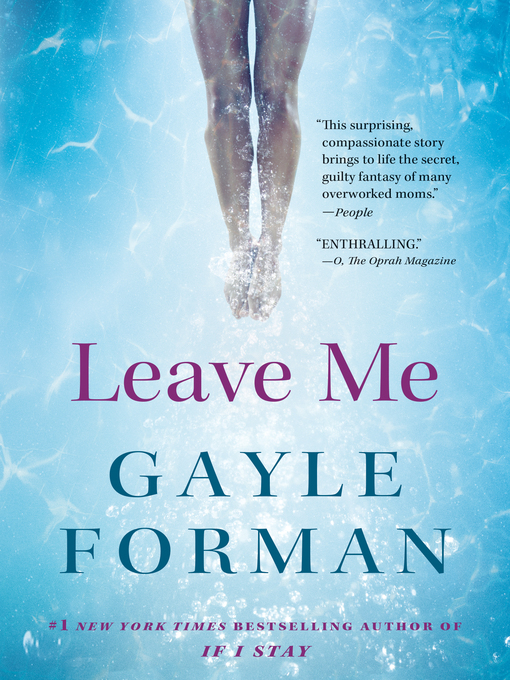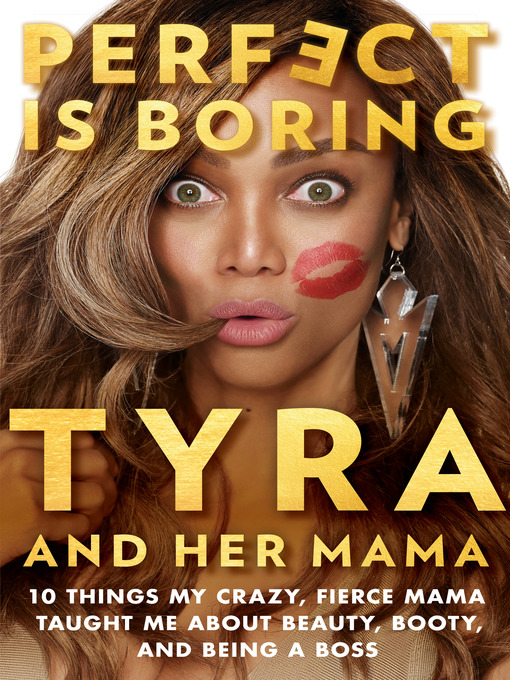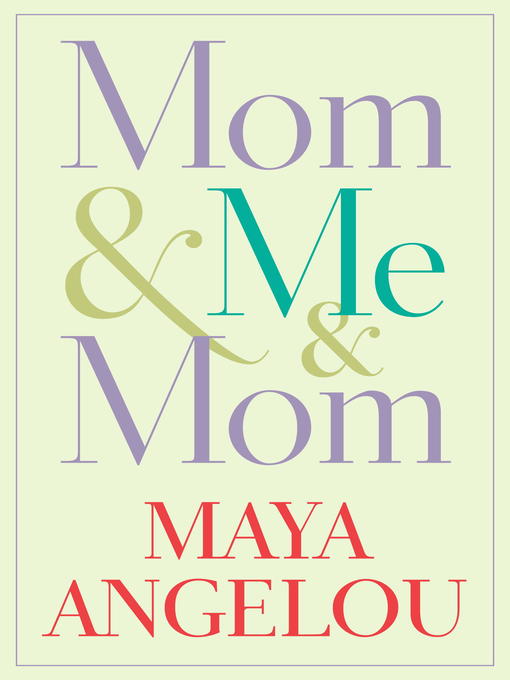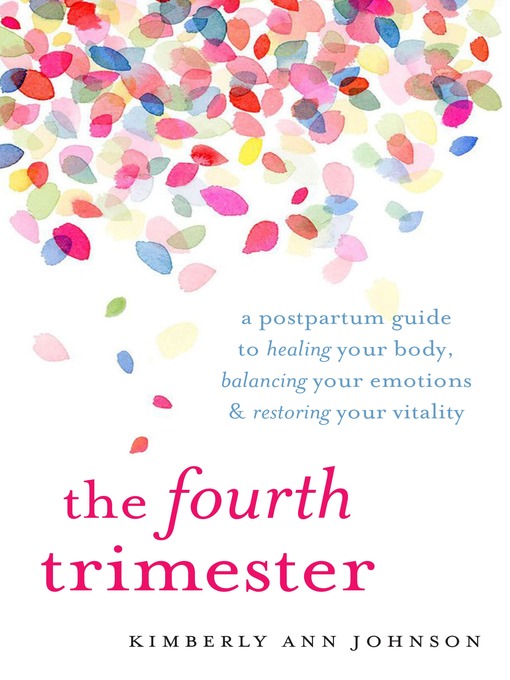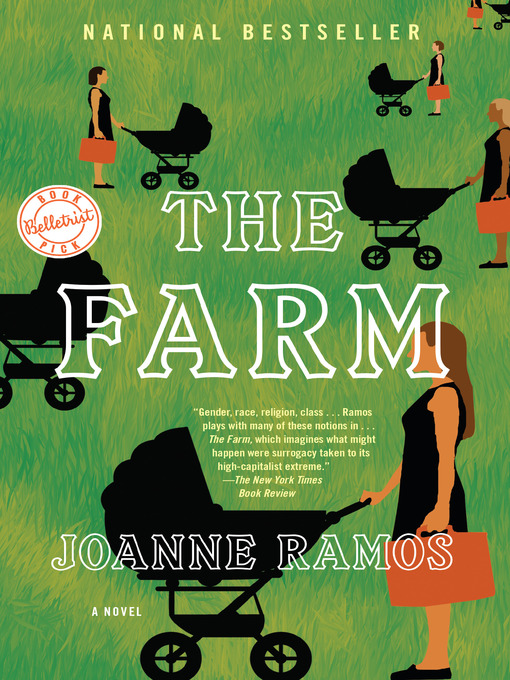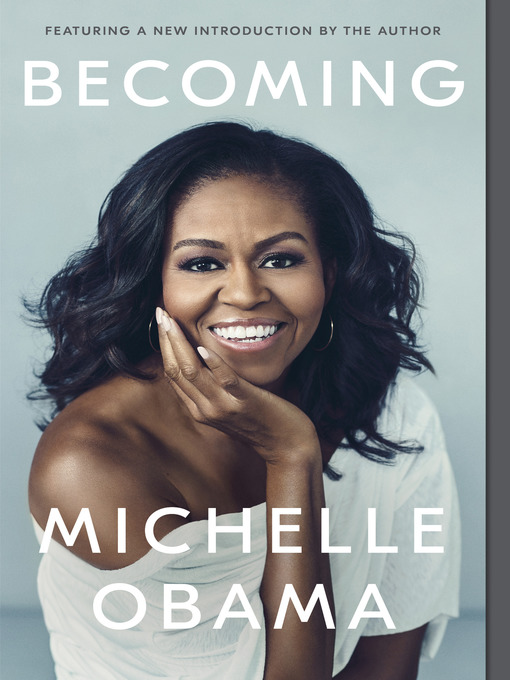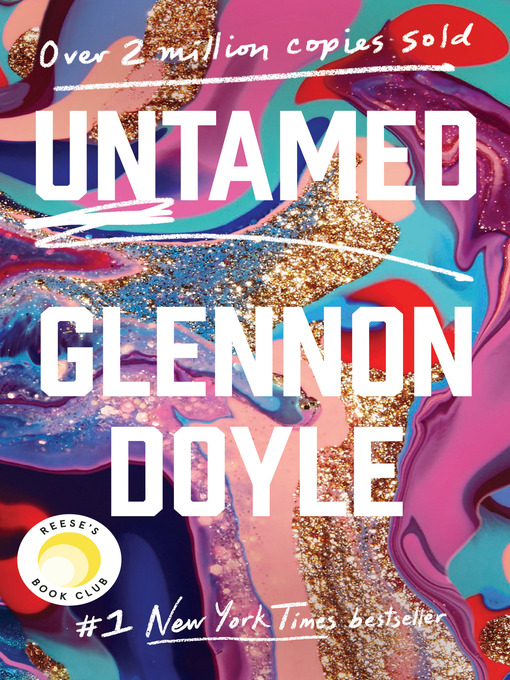by Rashida Snowden, Pratt Library Office Assistant
“I never wanted this to happen, but now you have to learn the other part of being a Hulk. The part where the people you fight to protect sometimes fear and hate you. And it’s the hardest part because sometimes to protect what you love, you have to walk away from it.”
I was recently questioned about the green goddess that is on my coffee tumbler that I carry to work on a regular basis. Jennifer Walters, attorney at law. What’s her story? How does it connect to me? Were I to give you every detail, this could take a while and potentially not get to the end of this blog. Let’s start at the beginning, shall we?
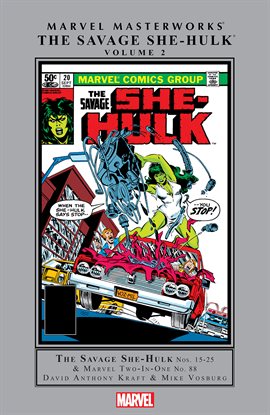
by David Kraft
eBook
My initial introduction to She-Hulk was in the 80’s. It wasn’t as easy to fly your geek flag back then. If one gave any inkling that there were comic books stacked at home or that you read for pleasure, not duty, life could become quite difficult. In many ways, it didn’t make a difference to me because I was already an isolated, socially awkward child. I don’t want to paint myself as a hermit who loomed in the darkness and only crawled out for nourishment and bathroom breaks. I had a wonderful childhood in some ways. I still remember Summers and weekends fondly, exploring the outdoors with my friends (yes, there were a few), Saturday morning cartoons and Kung Fu theater. Books were fond friends. They gave me adventures and experiences beyond my own and created in me an excitement for the future.
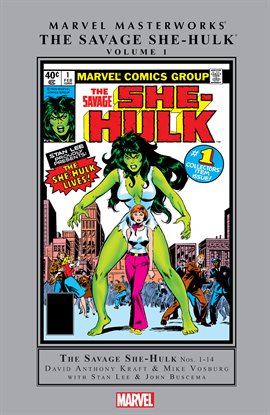
by David Kraft and Stan Lee
eBook
Then came the joy and the girl power of the Savage She-Hulk #1 comic. I was very familiar with the Incredible Hulk by then, and watched Bixby and Ferrigno faithfully, but THIS!!!!! I cannot give an accurate count of how many times I read that comic. What grabbed me from the pages was this woman, who was different in many of the same ways that I am, could be so fierce and powerful. There was the bookworm Jen, who would spend her time in libraries and hide overnight. I never would have had the nerve to do such a thing, but it would have been nice. The transformation from tame, to a bold, unapologetic and self assured green woman made me want to be more. It made me not want to hide everything that was great inside of me. Here I am, black (not green) and somehow that difference is an obstacle. I may as well have been green some days. It creates fear and loathing in others who may not even know why they fear or what it is that they fear.
My first comic book was a Christian publication about the crucifixion. Needless to say, it was pretty hardcore for a beginner. I read through those pages until the binding came undone and the pages scattered. My fascination was not in the words alone, but the imagery. I could spend hours pouring through the pages of comic books. On Sundays, I would take The Baltimore Sun newspaper and clip out my favorite comic strips to save and revisit as many times ad I’d wish.
I, as an army of one could never fight that masses perception of who I am, but here I am being all great and all magic and all shining and all bright. The act of being and the act of becoming is far greater that the act of thinking and the act of judging through a defective and smudged lens. As others judge, let us be great and move great. There is no denial in the evidence that our tracks will leave by just being our great and different and effective selves.
Jen (a.k.a She-Hul, a.k.a Shulkie), in tumbler form is my daily reminder that I am empowered. A reminder that in my flaws, lies beauty and healing in a world that seems so dark. You and me, all of us are out here just being the light, being change, and bringing something different to this stale narrative. What’s your reminder?
Read more about She-Hulk on Hoopla:
